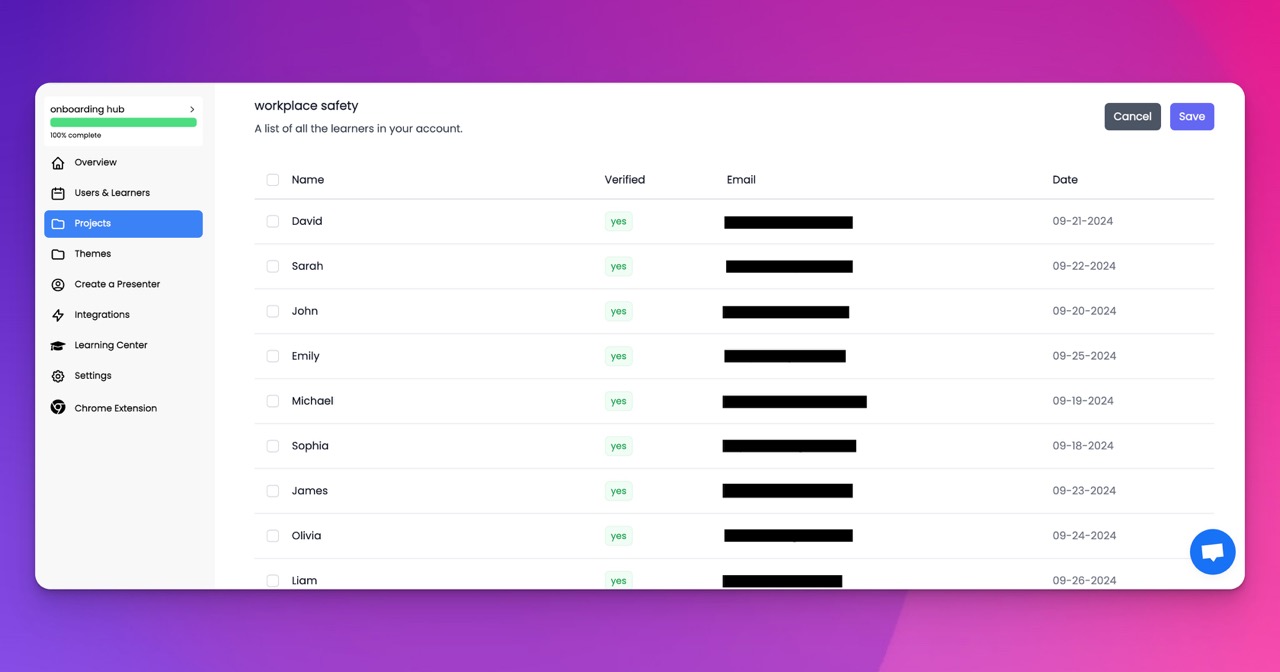🎉 Trainday now integrates with Zendesk and Hubspot 🎉 Trainday now integrates with Zendesk and Hubspot 🎉 Trainday now integrates with Zendesk and Hubspot
🎉 Trainday now integrates with Zendesk and Hubspot
🎉 Trainday now integrates with Zendesk and Hubspot
Contact
Public Transit
From Concept to Launch: The Public Transit Explainer Video Production Timeline
Public transportation plays a vital role in the daily lives of millions of people around the world. Whether it's taking the bus to work, riding the subway to meet friends, or hopping on a train for a weekend getaway, public transit is an essential part of modern society. However, for many people, the inner workings of public transportation systems can be a mystery. How do schedules get created? How are routes determined? And most importantly, how do we ensure that everyone understands how to use public transit effectively?
One powerful tool that many public transit agencies are turning to is the explainer video. These short, engaging videos provide a clear, concise explanation of how public transit systems work, helping to educate riders and improve overall user experience. But creating an effective explainer video is no small task. It requires careful planning, coordination, and creativity to bring the concept to life. In this blog post, we will explore the production timeline for creating a public transit explainer video, from concept to launch.
1. Concept Development (2-4 weeks)
The first step in creating an explainer video for public transit is developing a concept. This involves identifying the key messages that need to be conveyed, determining the target audience, and outlining the overall tone and style of the video. This process typically takes 2-4 weeks and may involve brainstorming sessions, storyboarding, and scriptwriting.
2. Pre-production (4-6 weeks)
Once the concept has been approved, the pre-production phase begins. This stage involves casting voice actors, creating visual assets such as graphics and animations, and finalizing the script. It also includes securing any necessary permits or permissions for filming on location. Pre-production typically takes 4-6 weeks to complete.
3. Production (2-4 weeks)
With all the necessary assets in place, the production phase can begin. This involves filming any live-action footage, recording voiceovers, and creating animations or graphics. The production phase typically takes 2-4 weeks to complete, depending on the complexity of the video.
4. Post-production (4-6 weeks)
Once all the footage has been captured, the post-production phase begins. This stage involves editing the video, adding music and sound effects, and incorporating any necessary visual effects. It also includes finalizing the script and ensuring that the video meets all necessary branding and messaging guidelines. Post-production typically takes 4-6 weeks to complete.
5. Launch and Promotion
Once the video has been completed, it's time to launch it to the public. This may involve posting the video on social media, sharing it on the agency's website, or even airing it on local television stations. Additionally, promoting the video through targeted advertising campaigns can help ensure that it reaches the widest possible audience.
In conclusion, creating an explainer video for public transit is a complex process that requires careful planning, creativity, and collaboration. By following a detailed production timeline, transit agencies can ensure that their videos effectively educate and engage riders, ultimately improving the overall user experience. So the next time you hop on the bus or train, take a moment to appreciate the hard work that went into creating those helpful explainer videos that make public transit a little bit easier to navigate.
Accelerate Compliance.
Deliver OSHA-Ready Courses Instantly.
Empower your team with data-driven training solutions tailored to your industry's safety standards. Stay compliant, reduce risks, and boost productivity with AI-powered course creation.
